Duplainville, Wis., about 18 miles west of Milwaukee, was developed around 1848. A predecessor of the Milwaukee Road began building a new main line west toward Portage, Wis., running through Duplainville about 1855.
The Wisconsin Central (Soo Line) built south from Rugby Junction to Chicago in 1885, crossing the Milwaukee Road at Duplainville. The crossing was controlled by a tower or attendant until 1987 when Centralized Traffic Control was installed. An interchange track in the northeast quadrant of the crossing was built and opened in 1986, serving the “old” and “new” Soo (after it had purchased the Milwaukee Road). The interchange track went out of service in August 2019.
The crossing sees an average of 14 to 20 trains, including Amtrak’s Empire Builder, on the Canadian Pacific, and 30-plus trains, including Wisconsin & Southern using trackage rights, on the Canadian National. After many years in service, it was time for the diamond to be replaced.
Duplainville aerial with projects
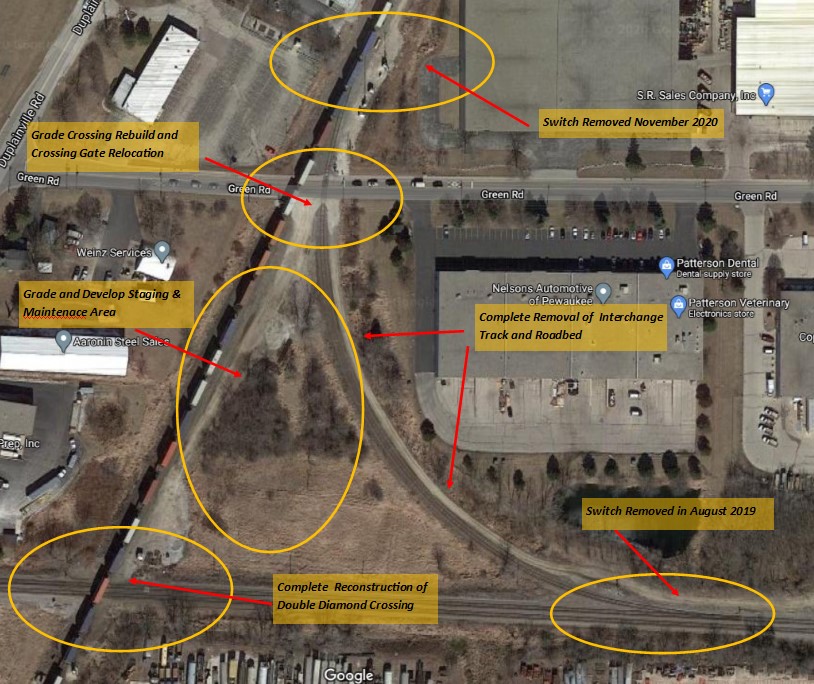
Project scope
- Remove westbound CP/northbound CN mainline switch and replace rail (8/2019)
- Remove interchange track south of Green Road
- Grade and develop staging and maintenance area with old roadbed material
- Remove southbound CN/eastbound CP mainline switch and replace rail
- Move crossing gates on Green Road for single track crossing
- Complete reconstruction and replacement of the double diamond crossing
- Remove Interchange track from Green Road and rebuild crossing
- Related signal and train control upgrades to fit the revised track
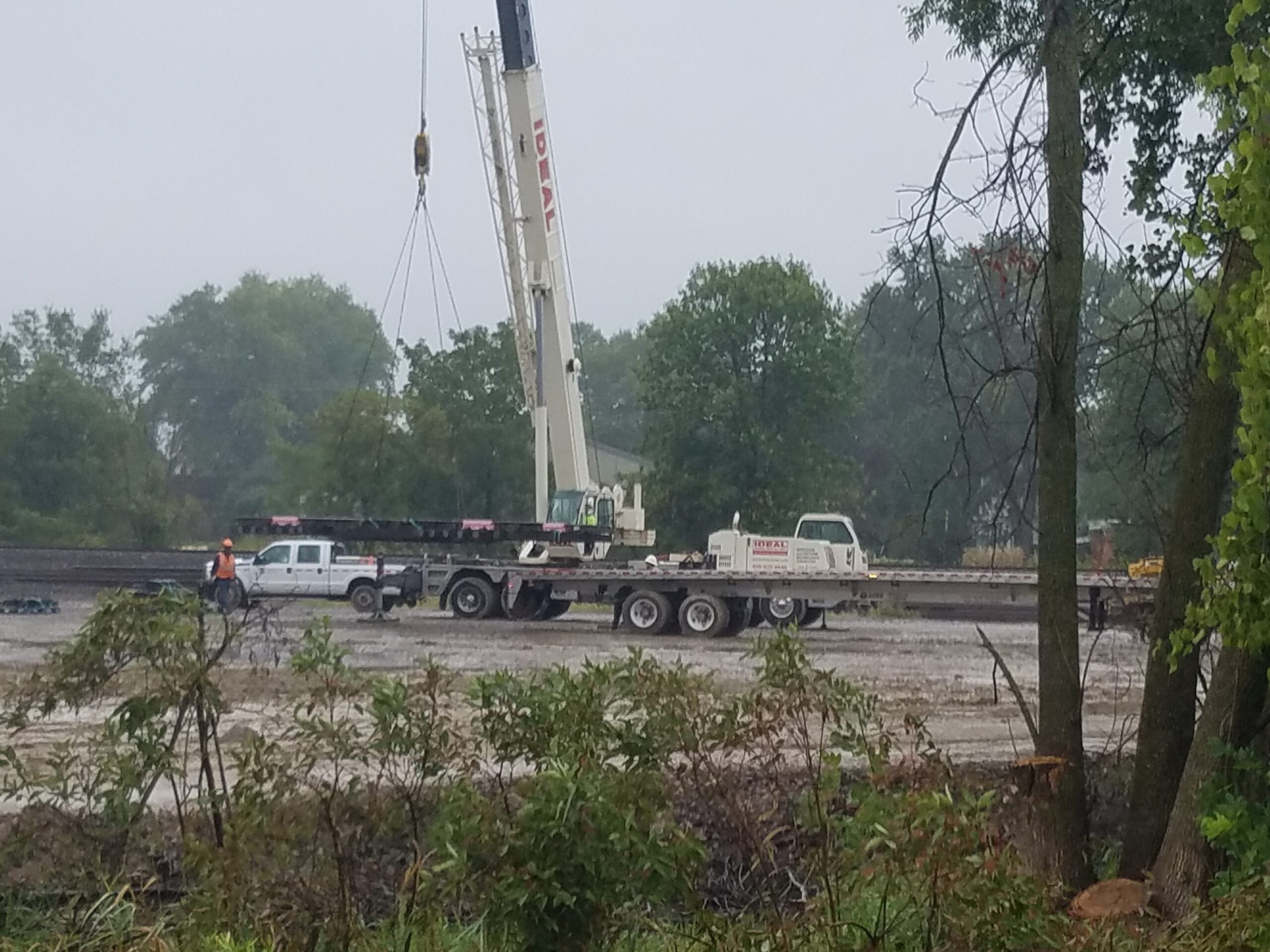
September 9, 2020
A crane lifts a section of track from a flatbed semi-trailer as the arrival and unloading of first diamond replacement components begins.
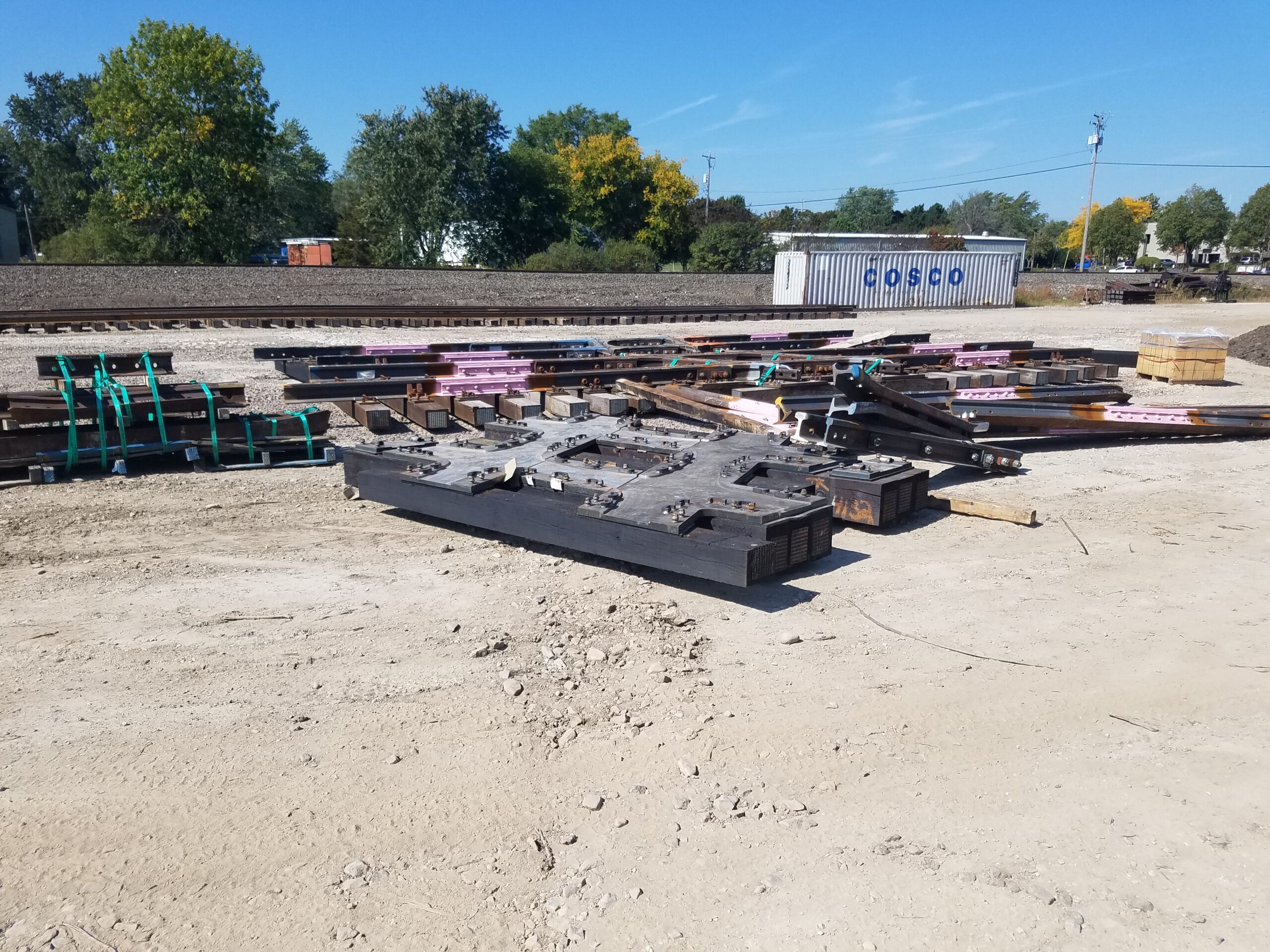
The second shipment of diamond components arrives on September 25. Note the heavy steel plating. Through mid-October, CN crews continue track panel assembly. The work was done in a large staging yard constructed for the project in part by removing the old interchange track between the CP and CN.
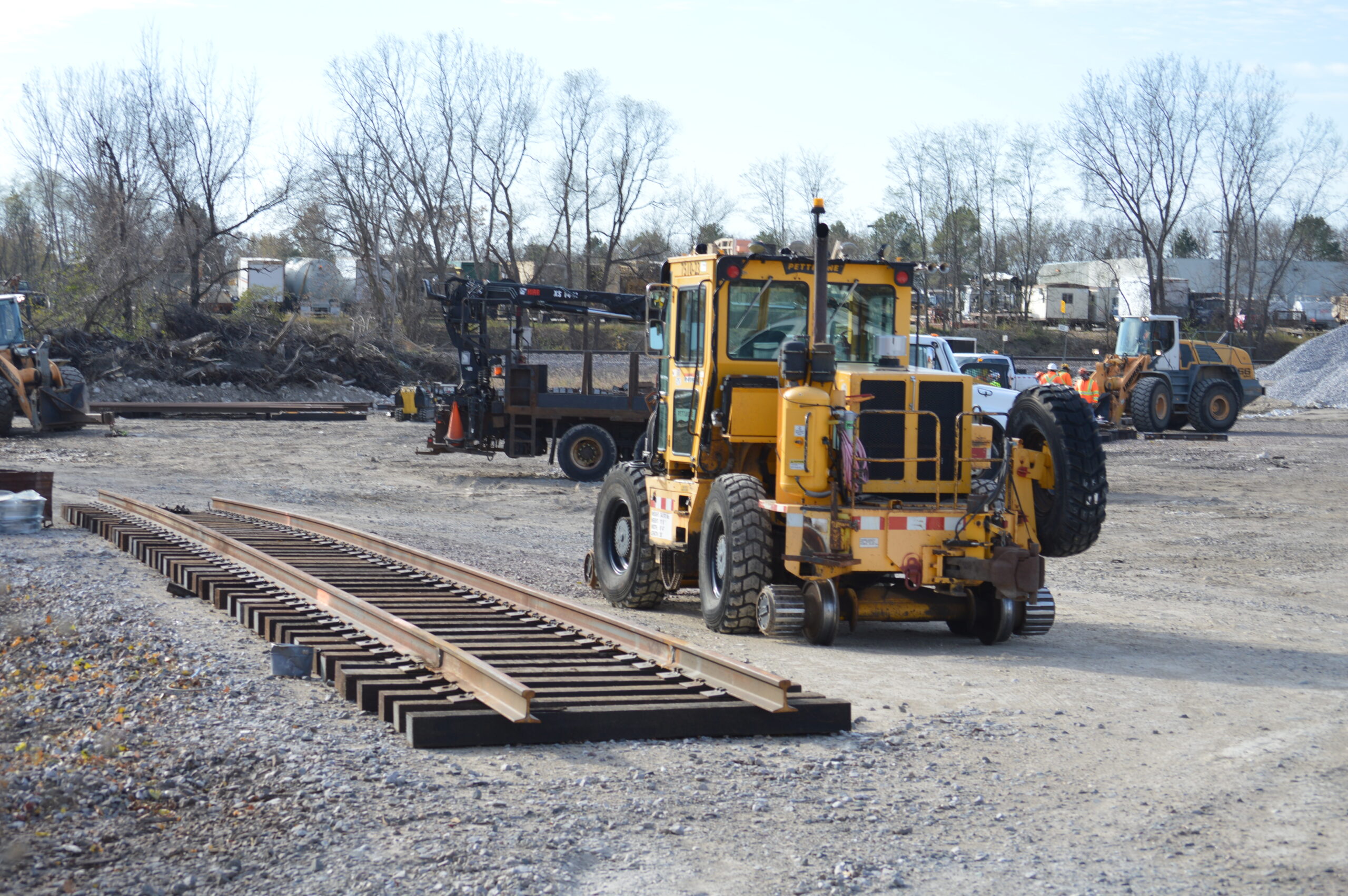
November 2, 2020
Equipment from both railroads and contractors begin to fill the new staging area. Canadian Pacific crews begin the assembly of the new double diamond.
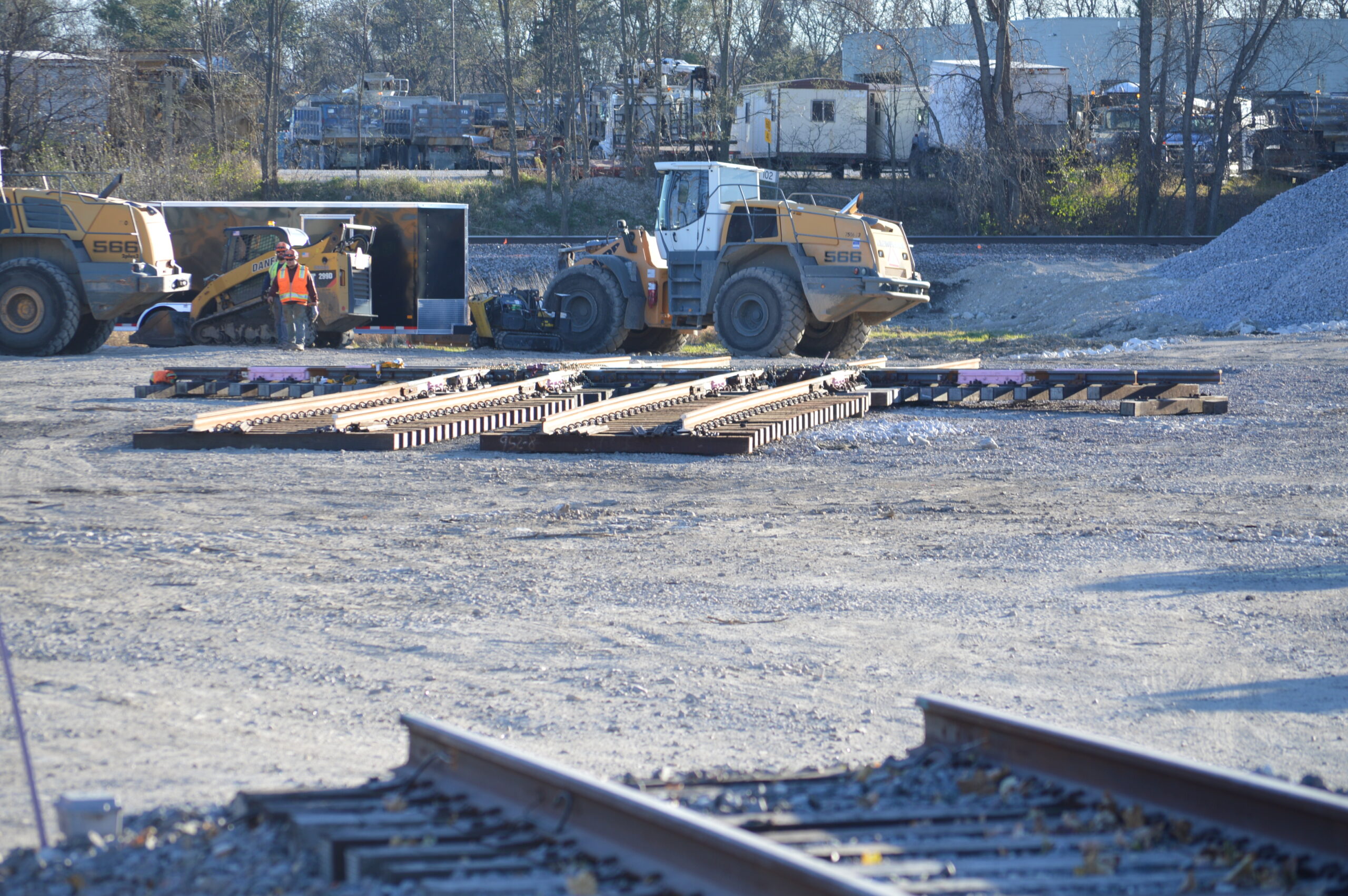
November 3, 2020
The diamond begins to take shape.
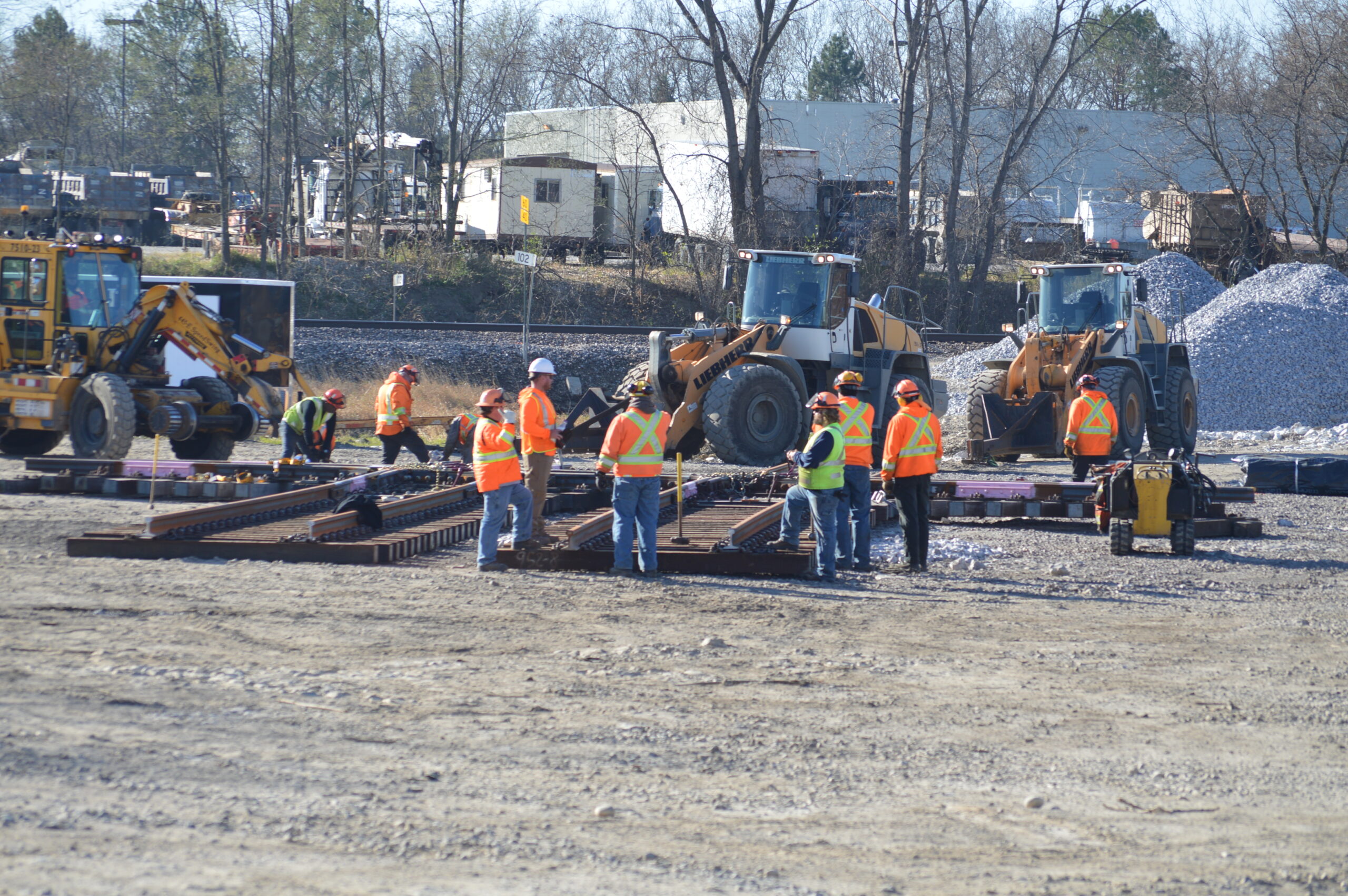
All hands on deck.
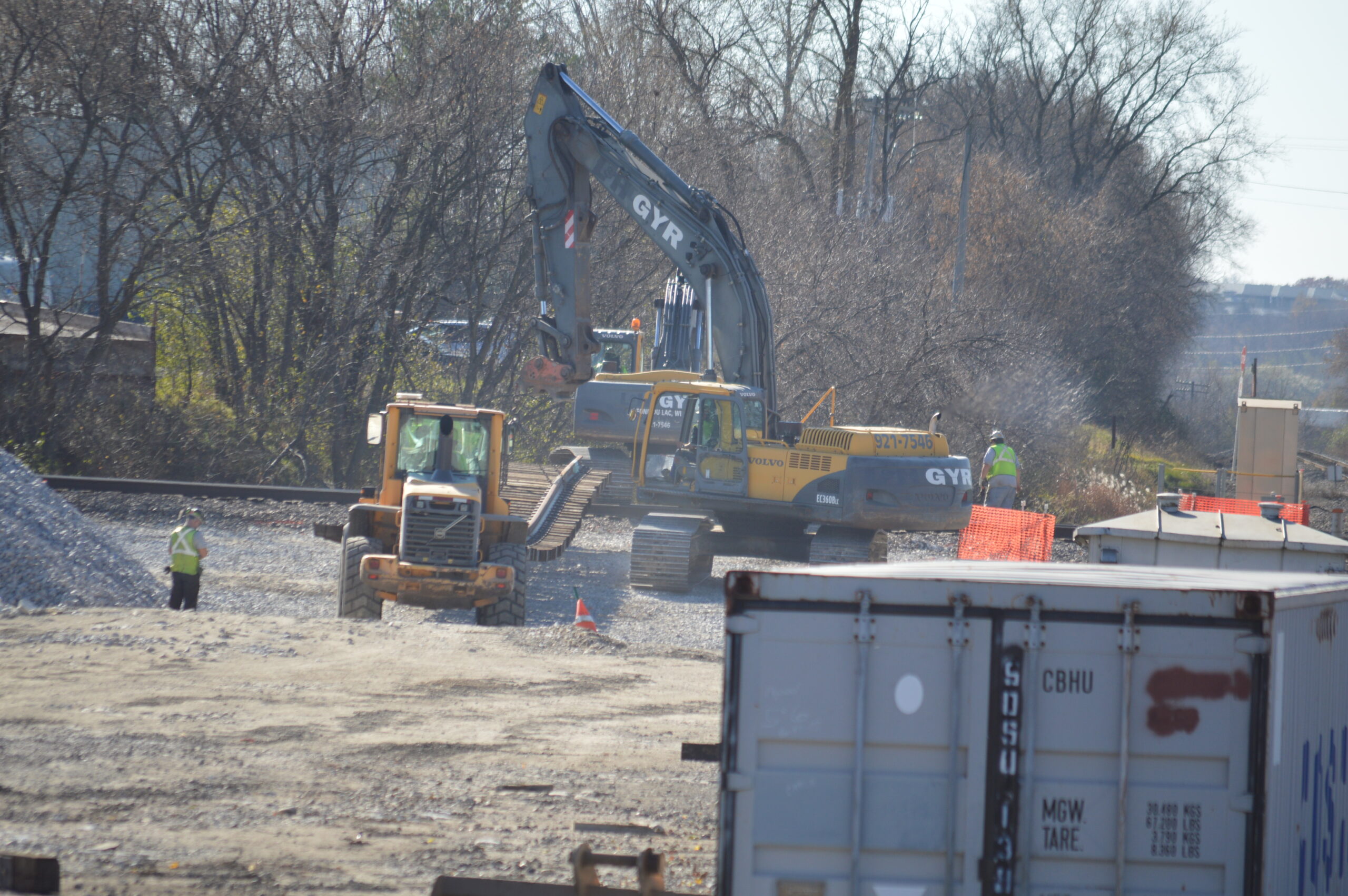
November 4, 2020
L & H Gyr Excavating (now Gyr Acquisitions Inc.), CN’s contractor, moves a new CN main line track panel to a staging location south of the new diamond. Nothing to it, just up and over! The CN crews would be busy removing the interchange switch and restoring the mainline tracks for the next day.
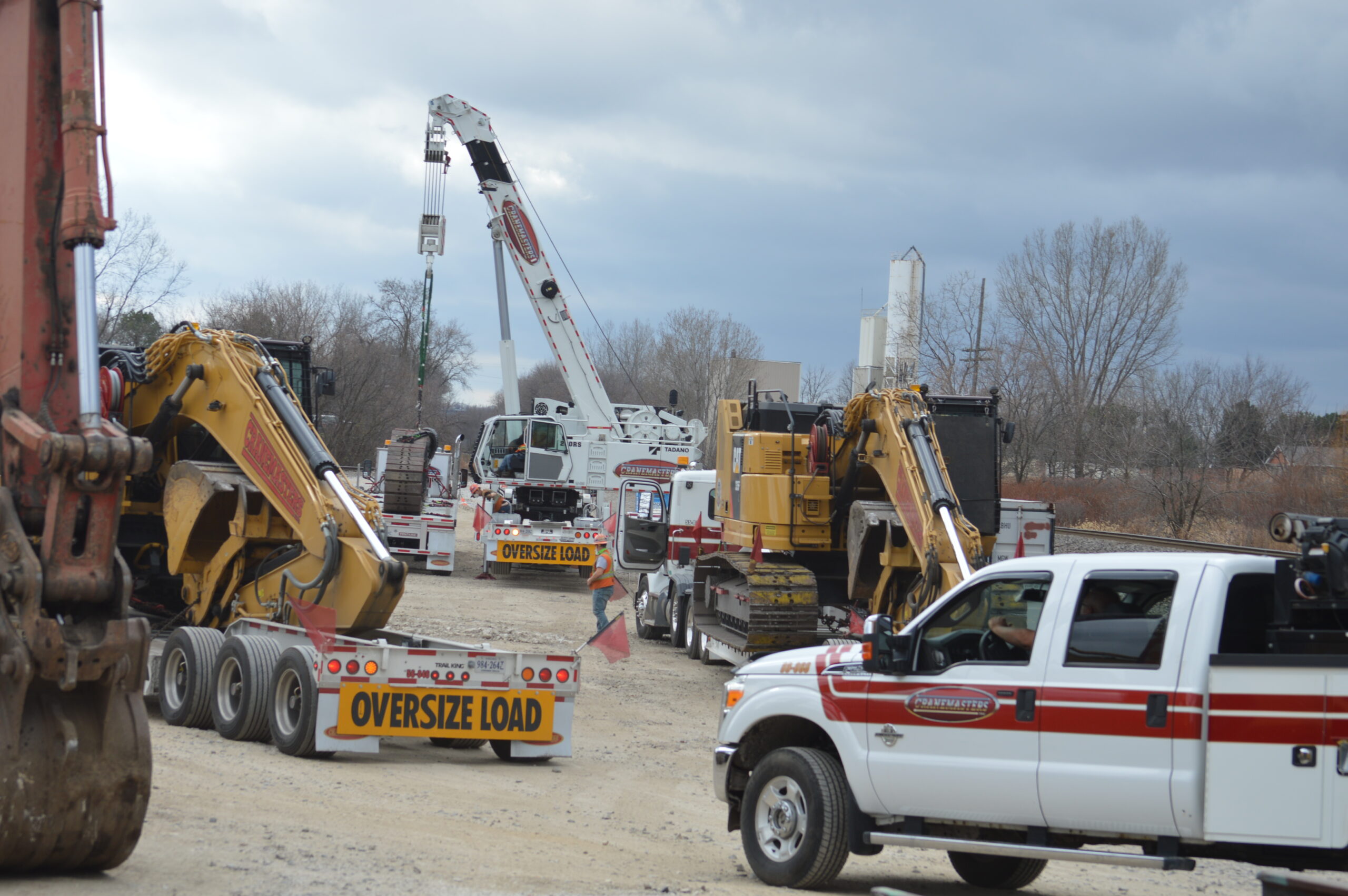
November 10, 2020
While dump trucks were hauling in ballast early in the morning, CP’s contractor, Cranemasters, arrives with a fleet of nine semis. Two of the cranes are shipped in parts on three trucks, the crane self-assembly gets underway as more equipment arrives.
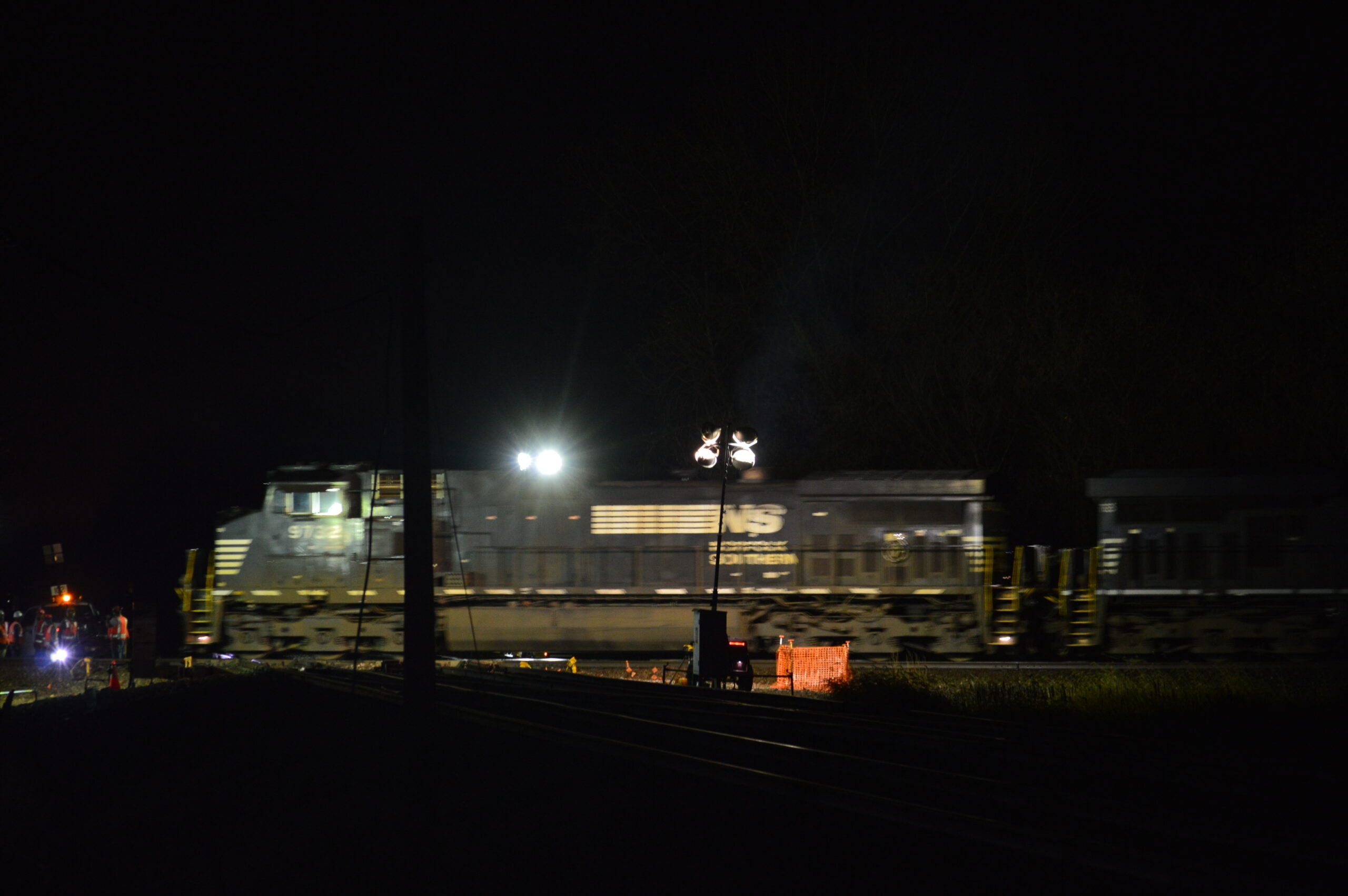
The last train crosses the old diamond at around 7:30 p.m. Plans are to have both mainlines open by 7 a.m. on Wednesday morning, November 11.
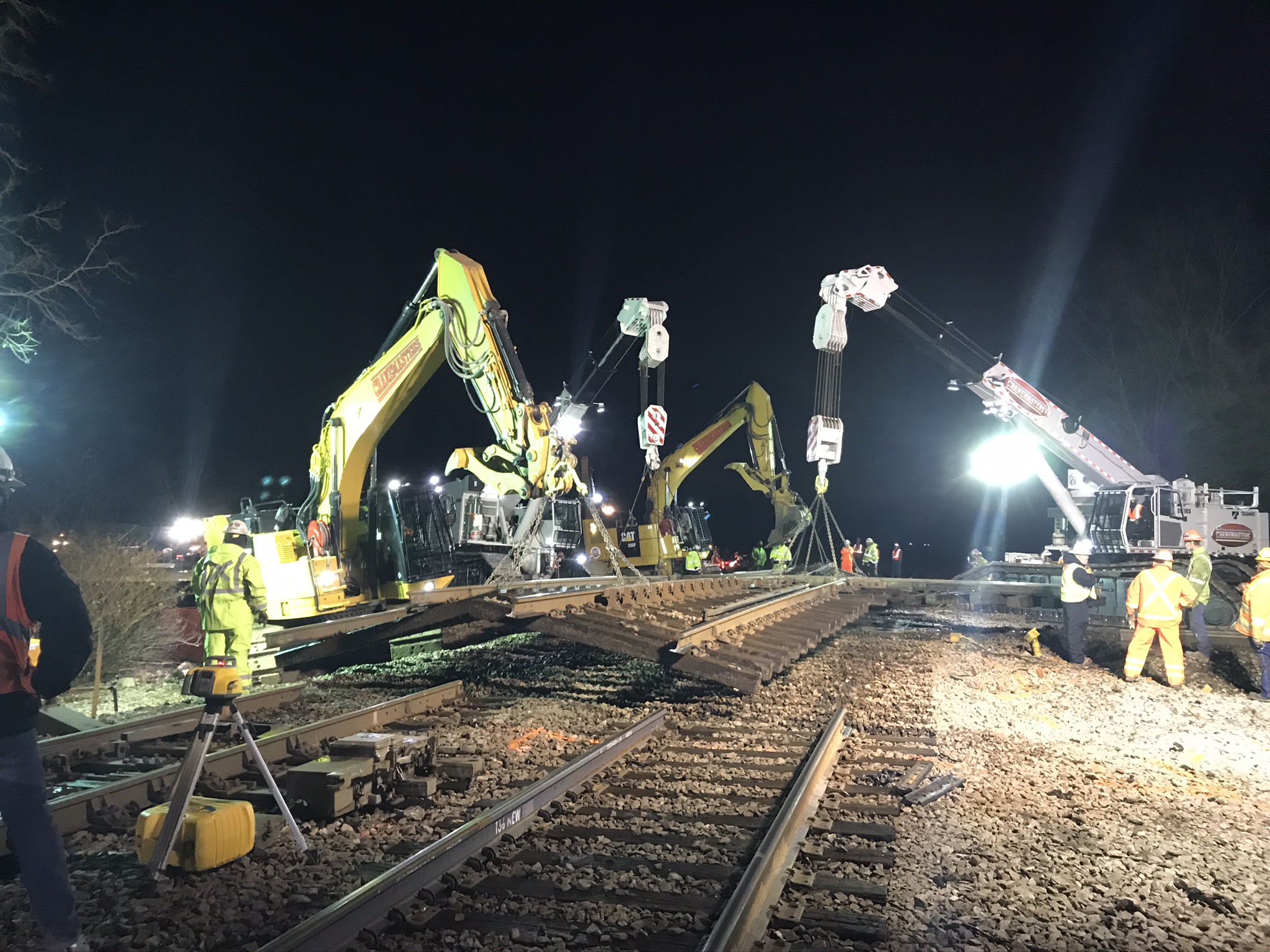
Overnight, cranes begin to take up positions as crews begin cutting the mainline rails, then it’s out with the old diamond in one piece.
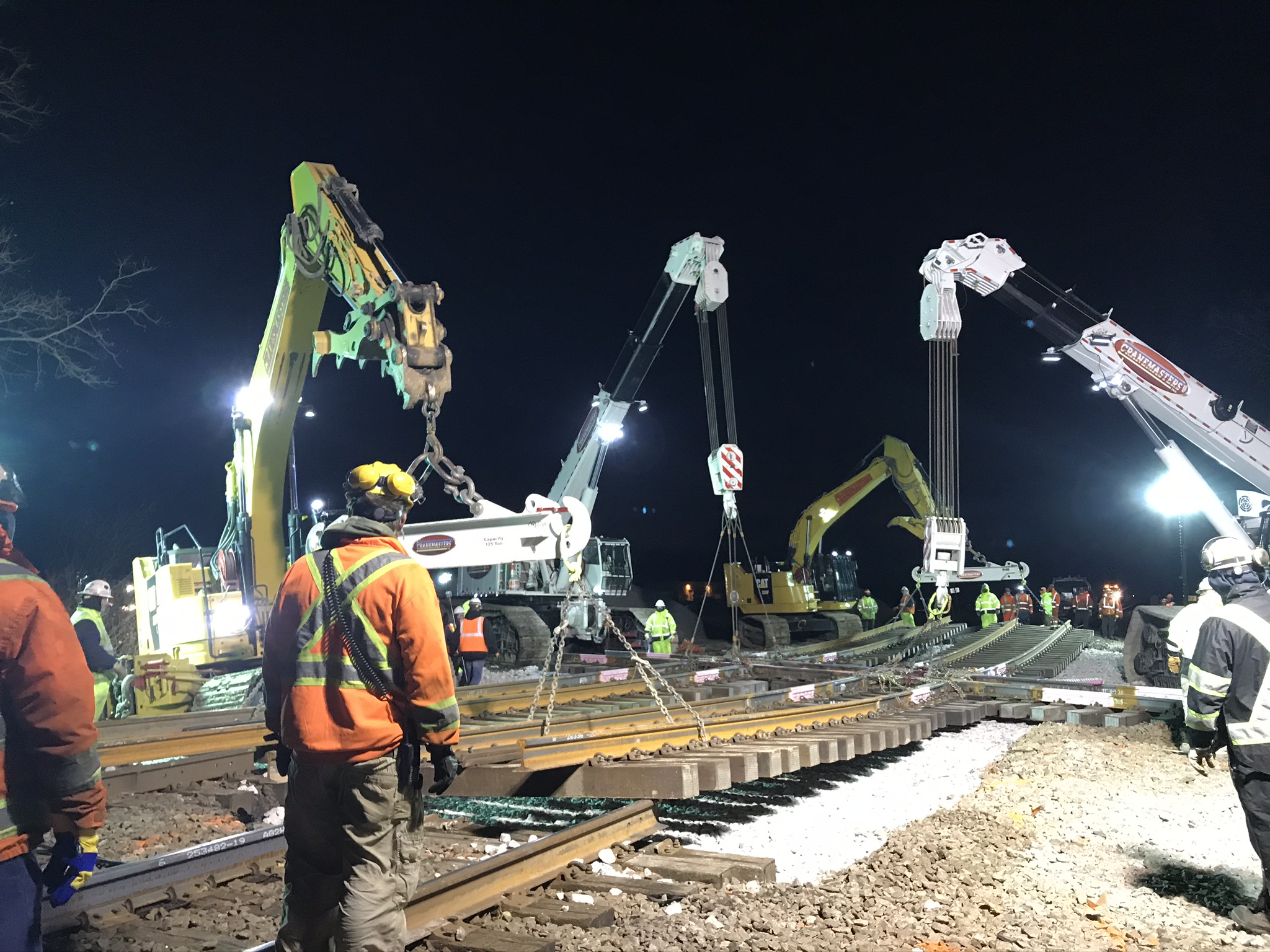
With the crossing out, ballast removal and subgrade undercut begins. Then crews begin checking the grade before positioning the new diamond and CN main in preparation for the final drop into position on the new subgrade.
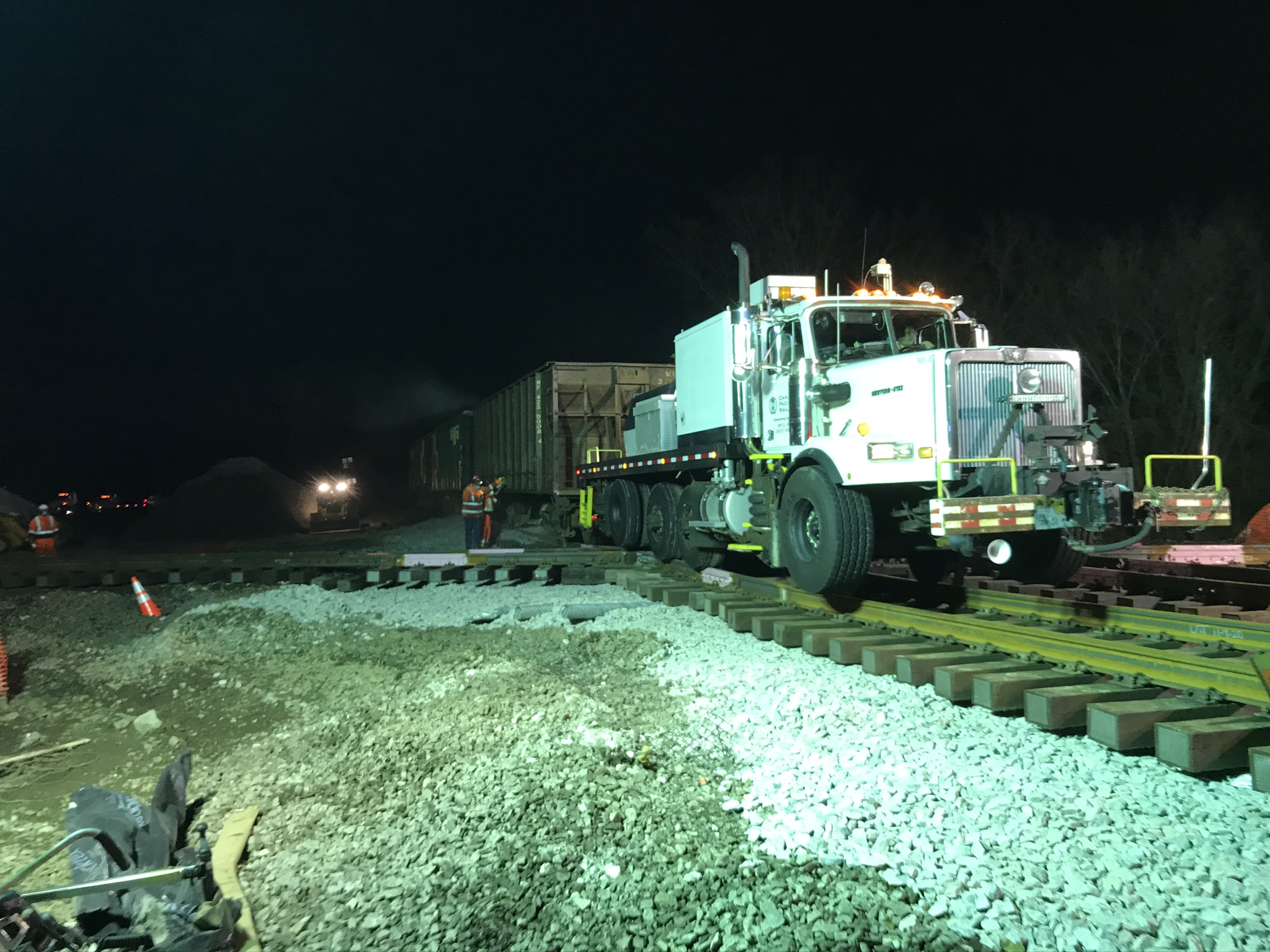
November 11, 2020
Canadian Pacific ballast cars arrive from Brookfield siding a few miles to the east. Ballasting the CN main continues in the early morning hours.
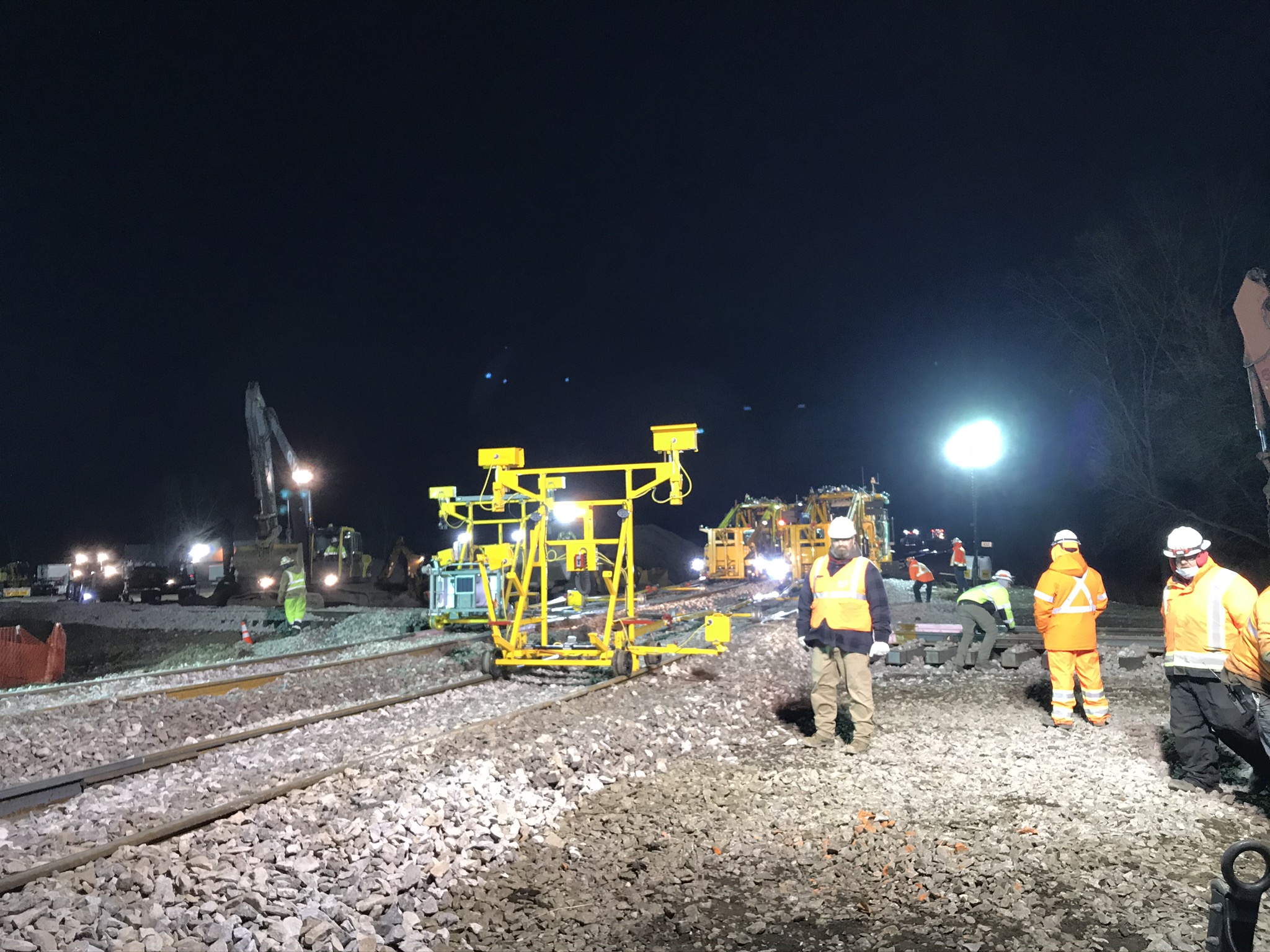
Surfacing begins on the CP main to ensure a smooth crossing. The sun and bottled up train traffic are coming.
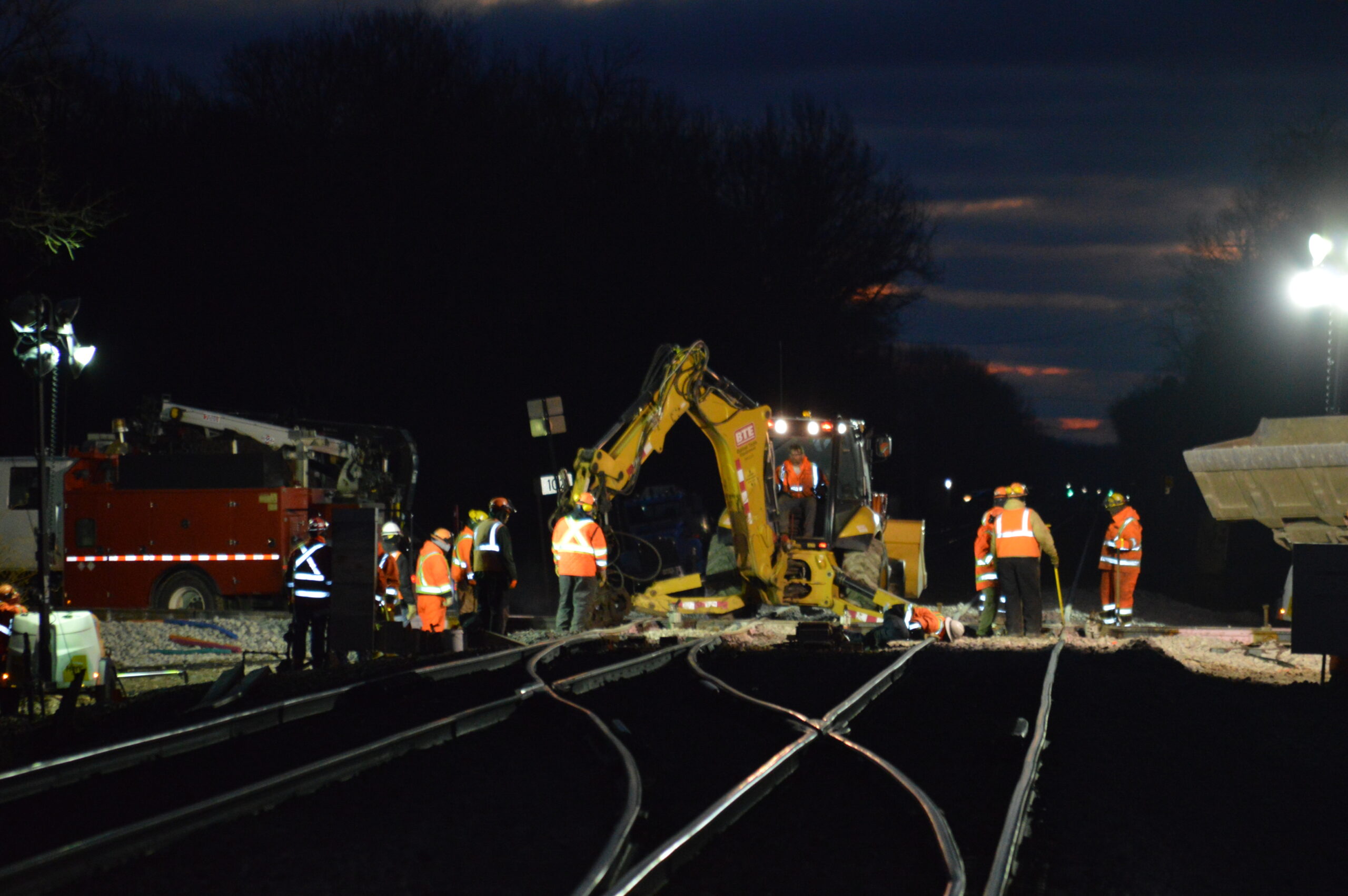
A glimpse of sunrise as the final ballast tamping concludes on the diamond crossing.
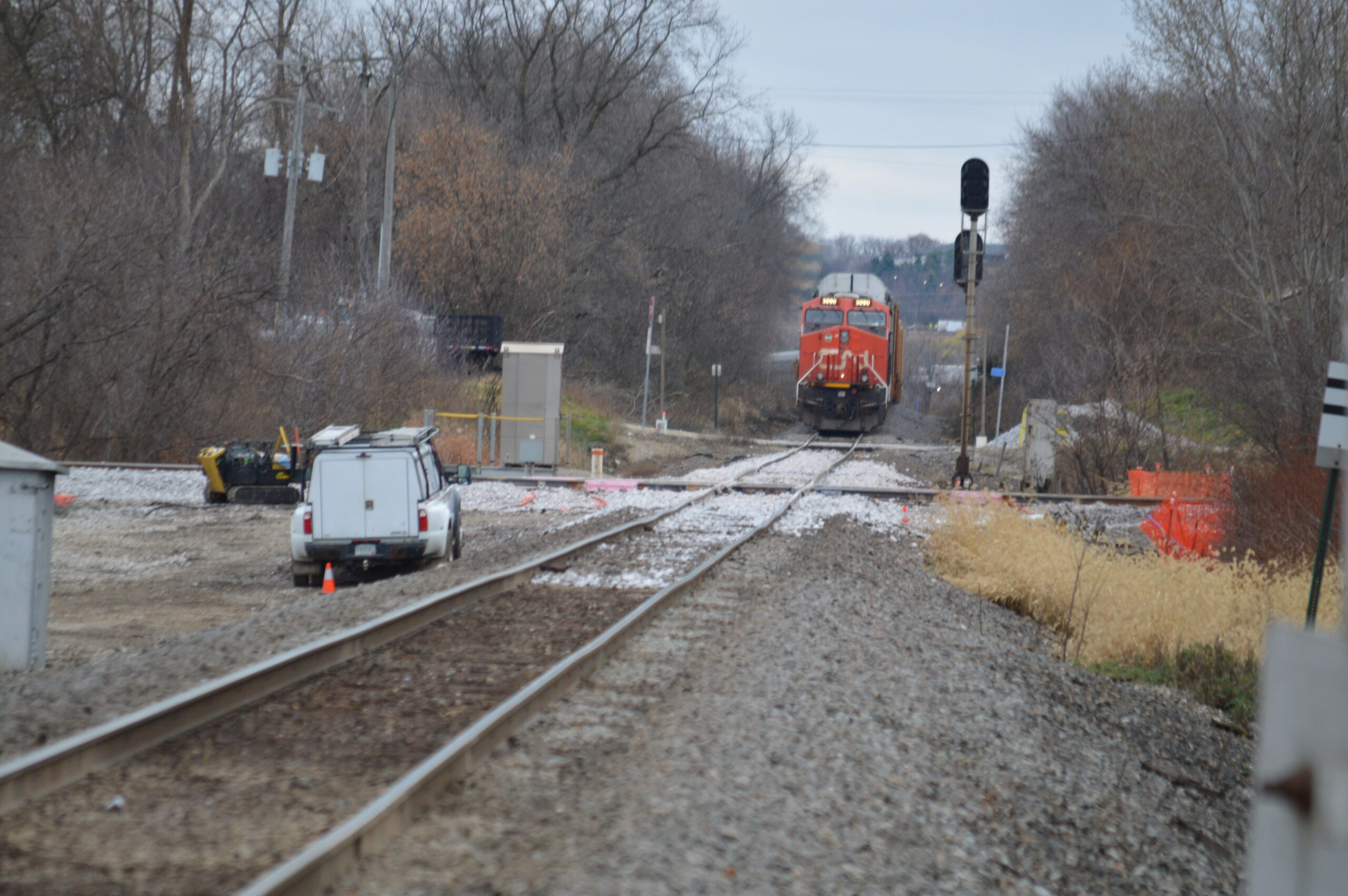
8:00 a.m. – The first northbound CN train waits for a green south of the crossing.
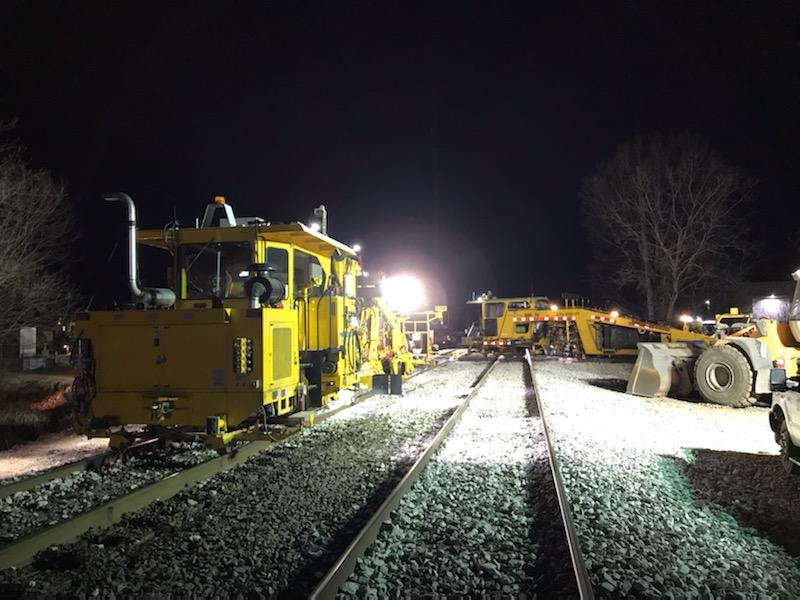
November 12, 2020
After two days of train traffic, crews were back for more surfacing on Thursday night. This is looking west on CP at the crossing of CN.
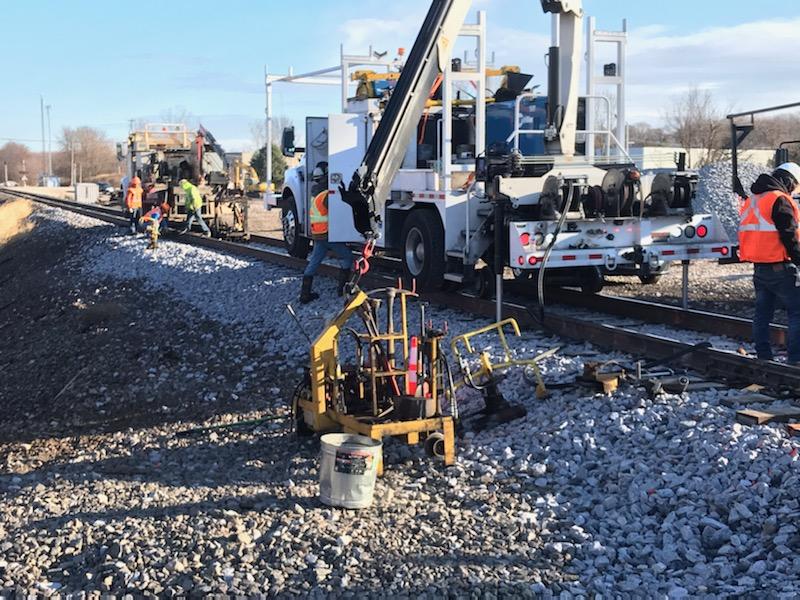
November 13, 2020
Finishing the job – Contractors use thermite welding to eliminate the rail joints from the construction.
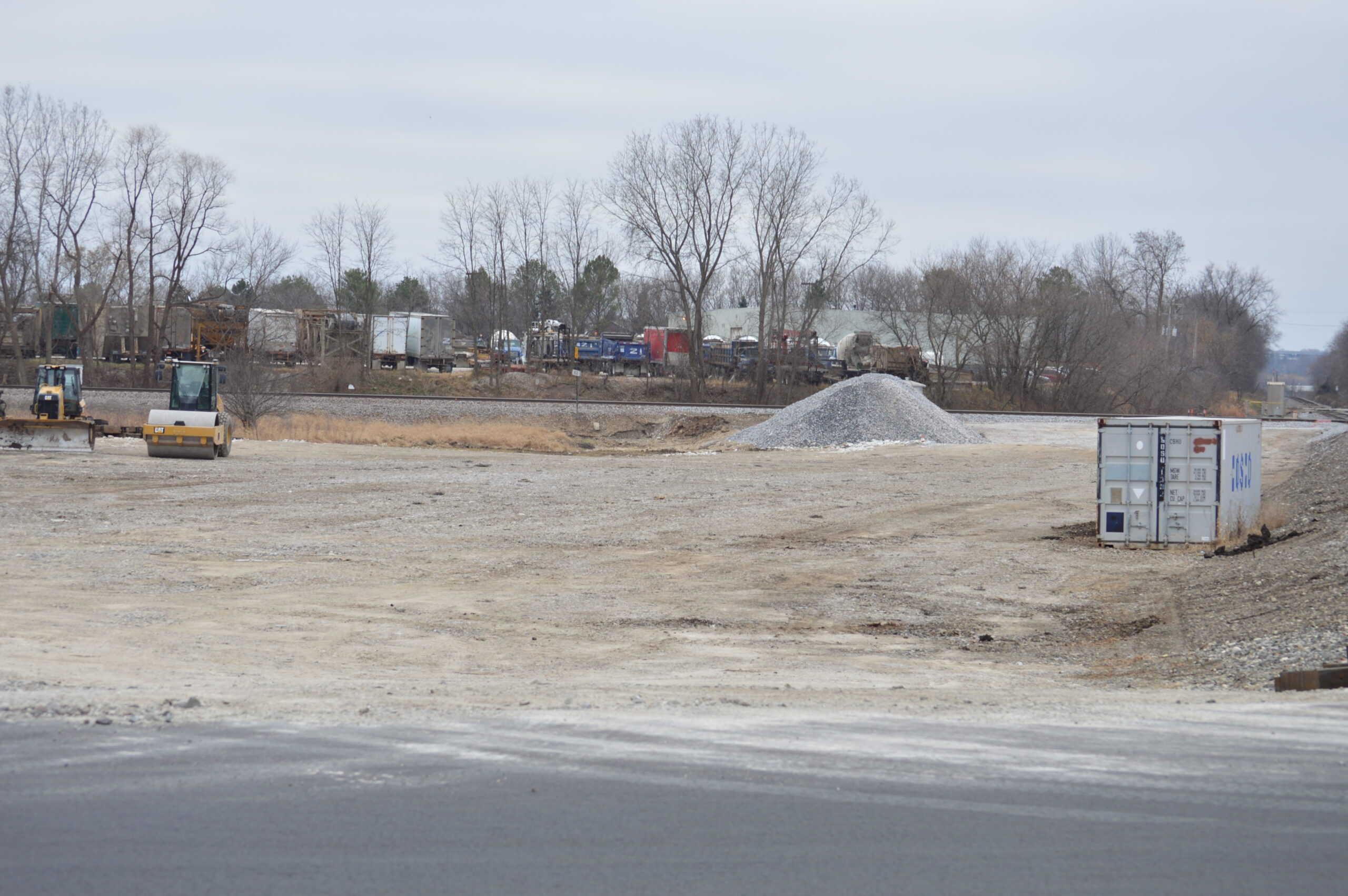
The staging site in early December – all ready for winter and plowing!
Check out more articles on “Prototype Railroads.”






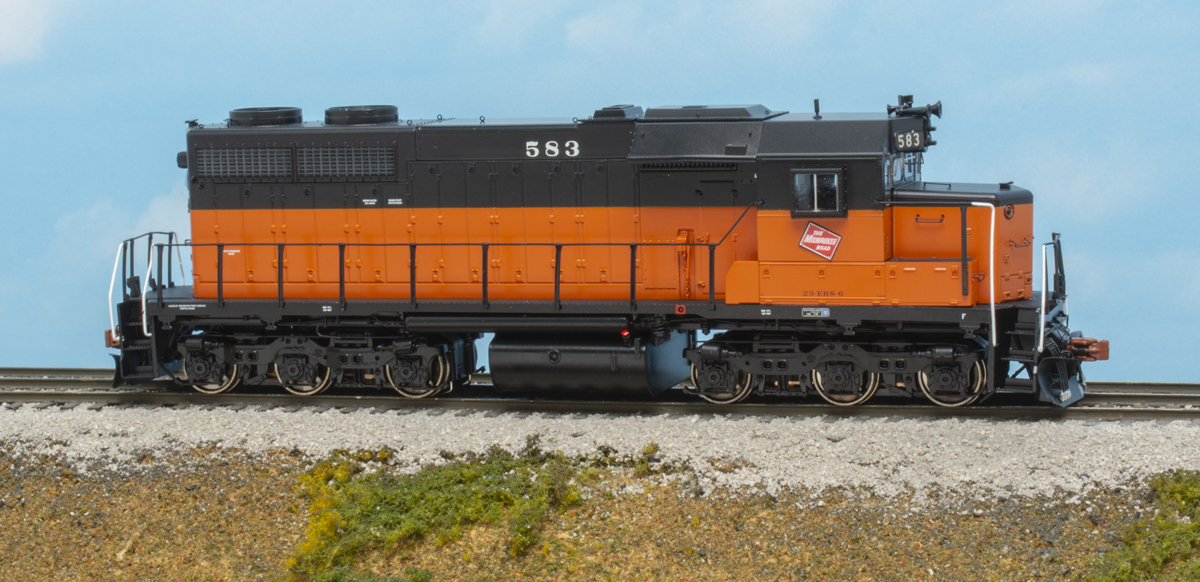
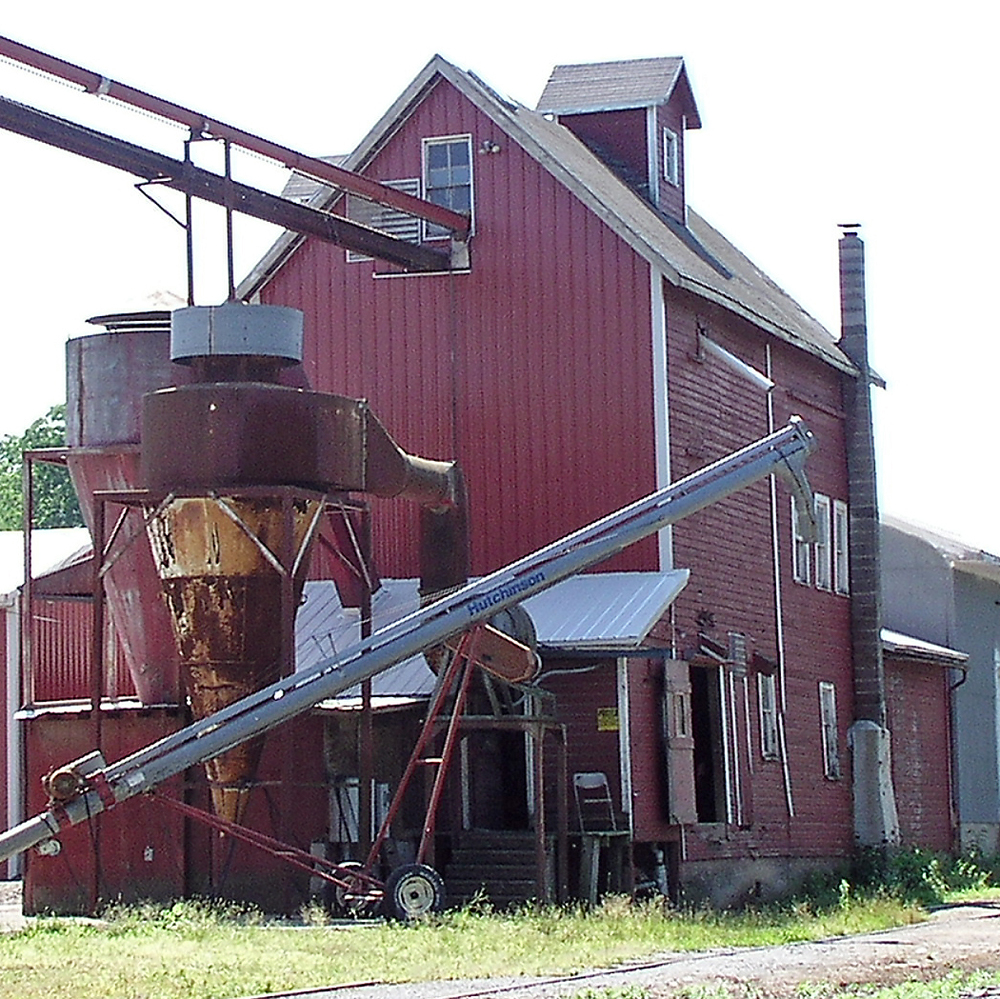
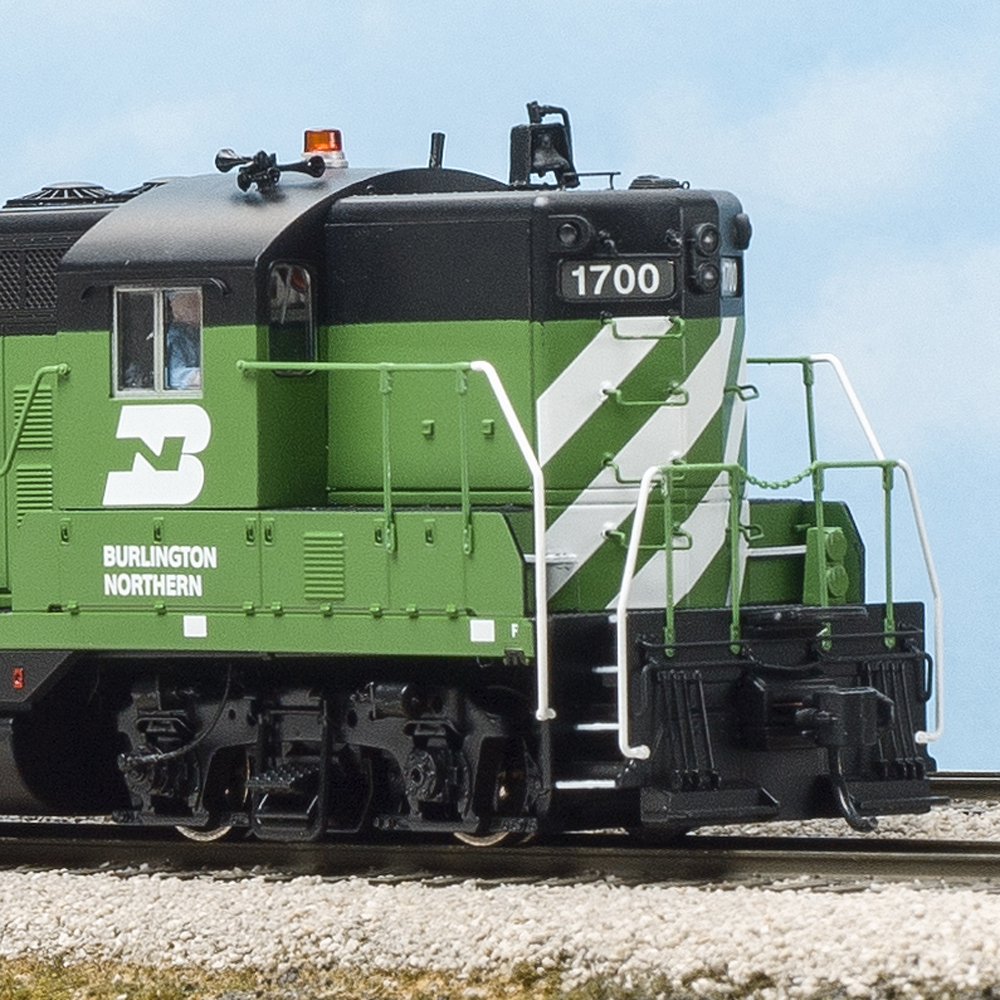
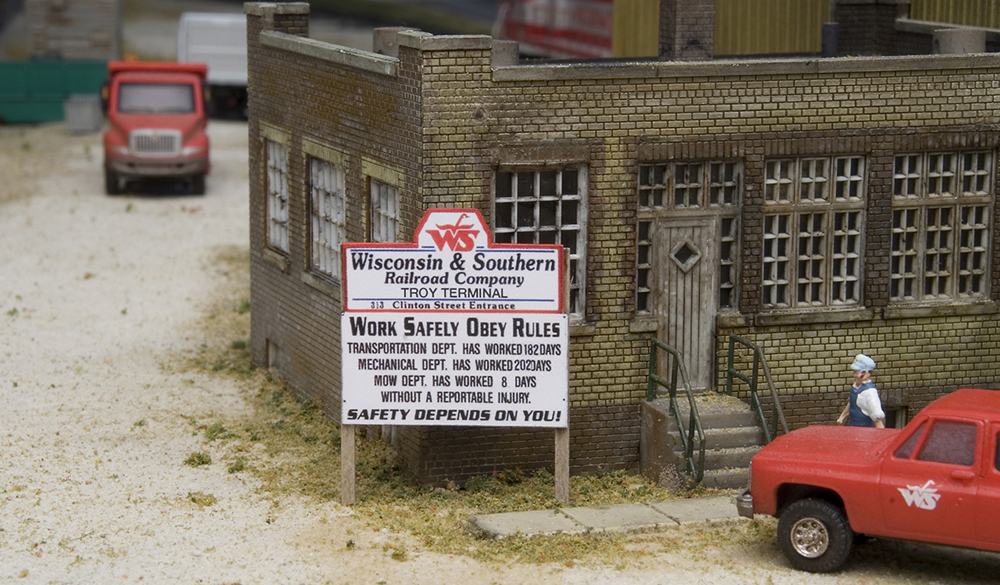




Since this piece covers real railroading instead of model railroading, is it also at the Trains Magazine site?